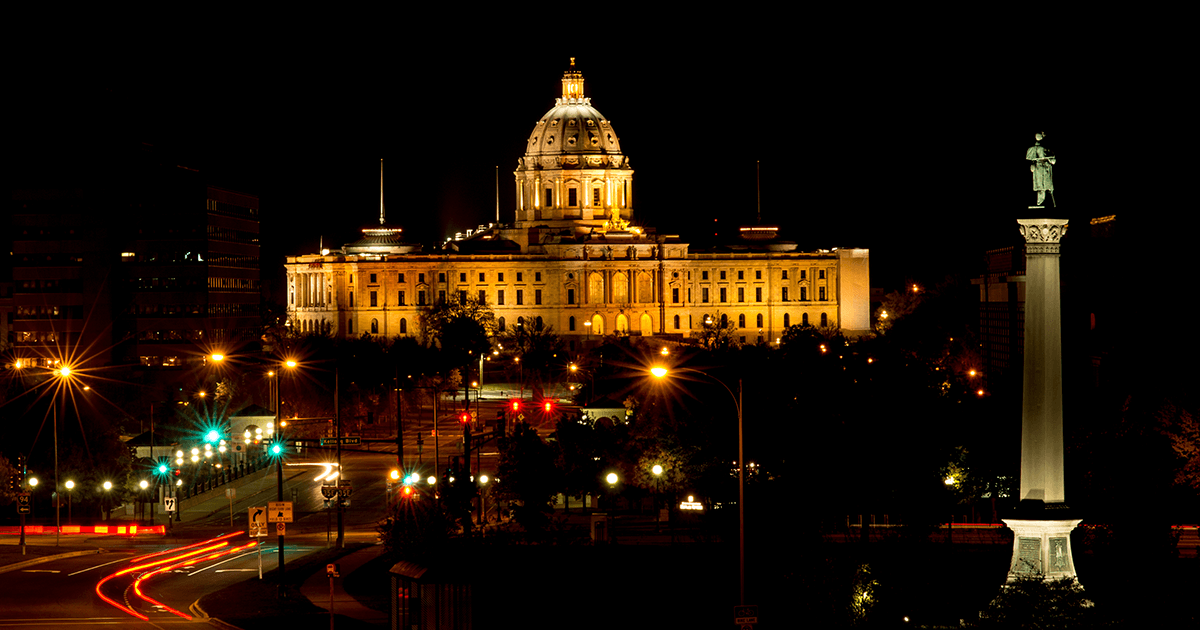MN House & Senate propose very different environment budgets
By May 17, the close of its regular session, the Minnesota Legislature must pass a two-year budget. Recently, the majority caucus in each chamber established how much they wish to invest in each budget category for the next biennium.
The DFL-led House proposed a state budget of $52.5 billion over two years. Meanwhile, the GOP-led state Senate proposed a two-year budget of $51.9 billion.
Both chambers are suggesting an increase in general fund spending — an easy case to make amidst a substantial state budget surplus paired with approximately $2.6 billion in additional federal stimulus funding heading our way.
But when it comes to environmental spending, the two chambers aim to move Minnesota in very different directions. While the House proposed an increase in environmental funding, the Senate proposed significant cuts.
The “big three” environmental budgets
Within these larger budget targets, each chamber has established individual targets for each area of government (education, transportation, health care, etc.)
These budgets, which do not include Minnesota’s dedicated environmental funds, include specific funding levels for “big three” environmental budget areas: agriculture, natural resources and climate/energy.
Here’s how each chamber set its budget targets:
Environment and natural resources budget
- House: $372.6 million, an increase of almost $40.7 million
- Senate: $317 million, a cut of $26 million over two years
Climate and energy budget
- House: $29.84 million, an increase of $5.5 million from the current biennium
- Senate: $26 million; no change from current spending
Agriculture budget
- House: $138.8 million, an increase of $11.57 million
- Senate: The Senate proposed a $4 million cut. However, the Senate organizes its budgets differently, combining agricultural and rural development into a single category, so the numbers aren’t “apples to apples” between the two chambers.
A major variable: federal stimulus funding
Neither chamber’s budget targets fully incorporate federal stimulus funding, which we noted earlier this month includes roughly $2.6 billion in additional funds. How these funds are incorporated into these budget targets is an evolving subject for lawmakers and Gov. Tim Walz.
What comes next
Lawmakers and the governor must agree to a final budget by May 17, the scheduled end of the legislative session. The agreed-upon budget will take effect July 1, the beginning of the next biennial budget cycle.
If lawmakers fail to come to an agreement, the state will need to schedule a special legislative session to come to an agreement or grapple with a partial government shutdown for any areas of state government left unfunded by legislative gridlock.
You can help!
Sign up to become a River Guardian and we'll let you know when important river issues arise. We make it quick and easy to contact decision-makers and make your voice heard.
Keep up to date. We write regular updates about key environment and water quality issues on our Water and Legislative Updates blog, shared on social (Facebook and Twitter) and our twice-monthly e-newsletter, Mississippi Messages.
